Very few people have Renaissance art, fossils, historic documents or famous sculptures in their homes.
With museums, you can see these things whenever you want. Museums allow people to have access to such artifacts without owning them.
Not only do museums hold knowledge, culture and history, but they are also windows into a single person’s unfiltered view of the universe at that point in time. Just for the short time we view the exhibit, we can experience the world as someone else has experienced it.
A trip to a museum can act as a trip around the world. Most people do not have the means to travel around the world, but everyone should have access to a local museum.
These are not experiences that should be behind a paywall.
Beyond this, museums should be something that disabled people should all have access to.
Located on the University of Minnesota campus, the Weisman Art Museum (WAM) acts as a free space for students and community members to consume and interact with art.
Katie Covey Spanier, WAM’s director of public engagement and learning, said the campus museum allows students to experience art through their own individual disciplines.
“I think the Weisman is a really special and unique place on campus for all different types of students to come and have a museum experience,” Covey Spanier said. “To learn about art, the history of art making and to have conversations about the objects on view through their own lens of their studies. We don’t live within any one department, we really are for the entire campus community.”
The WAM is unique in that it is an academic museum, specifically designed to be a part of campus life and academics. It is a member of the Association of Academic Museums and Galleries, which has over 680 member museums across the country, the majority of which have free entry.
Covey Spanier also spoke about the value of museums as a whole to society.
“I think museums are important to society because they tell us a lot about what we value, and they also open up conversations for people to have with each other who have different opinions,” Covey Spanier said. “What is so important about art museums, and specifically free art museums, is that they are accessible to everybody to be able to have that experience, especially when you look at how tough the economy is.”
At the WAM, accessibility does not end with free entry. Part of Covey Spanier’s role as director of public engagement and learning is to ensure the museum experience is one that anyone can take part in.
“All visitors, regardless of their physical, sensory, cognitive or emotional abilities, should be able (to) participate in and enjoy the offerings that the Weisman has,” Covey Spanier said. “We offer things like sensory bags that you can check out for free at the front desk, special headphones, glasses and fidget toys that would help to support people with different processing sensitivities.”
Coming this fall, the WAM is also set to be prototyping a new digital program where museum labels will be available to read in over 100 different languages, and with different font styles and audio recordings, according to Covey Spanier.
Located in the Whittier neighborhood, the Minneapolis Institute of Art (MIA) is another example of a free and accessible museum.
Virajita Singh, the MIA’s chief diversity and inclusion officer, said one of its missions is to lower barriers for different communities.
“I think museums as cultural institutions are not familiar to many diverse communities,” Singh said. “Perhaps not everyone has grown up going to a museum. So I think it’s really important that we invite people in. If we were not free, that immediately creates barriers.”
Singh also explained how much weight museums like the MIA can hold.
“Museums are really important because they hold cultural artifacts of traditions,” Singh said. “Art is so important. Museums have the spirit of empathy and connection to beauty. It is a place where you can really find space in many different ways.”
Similar to the WAM, the MIA also works to be accessible to all patrons of all different needs through their customizable experiences.
“Anyone can send us an email or call to say that they are coming in and need special accommodations,” Singh said. “We do customized tours that will take into account what the needs are, and if anyone needs some access assistance. We have an incredible visitor experience team that works one-on-one with this.”
Although we have two free and accessible museums located in the Twin Cities, this is not a luxury every city or museum has. Museums require upkeep and maintenance, which costs money.
The cost of museum entry is not necessarily always the ownness of the museum itself, but rather the funding it receives.
The WAM, as an academic museum, is largely funded by appropriations from the University of Minnesota and the Minnesota State Arts Board. The MIA, as a public museum, is funded by the government, as well as other grants and donations.
In areas where there is no strong local governmental support or grants available, museums rely heavily on earned profit or donor support.
In these areas, free entry may not be a possibility.
Museums cost money to run, but the return on their investment is priceless. They are able to bring the world closer together while simultaneously making our individual worlds that much larger.
Museums are vital to the public good and should be funded and curated as such. Consume the ones you can, and slip some bills in the donation box next time you get the chance.


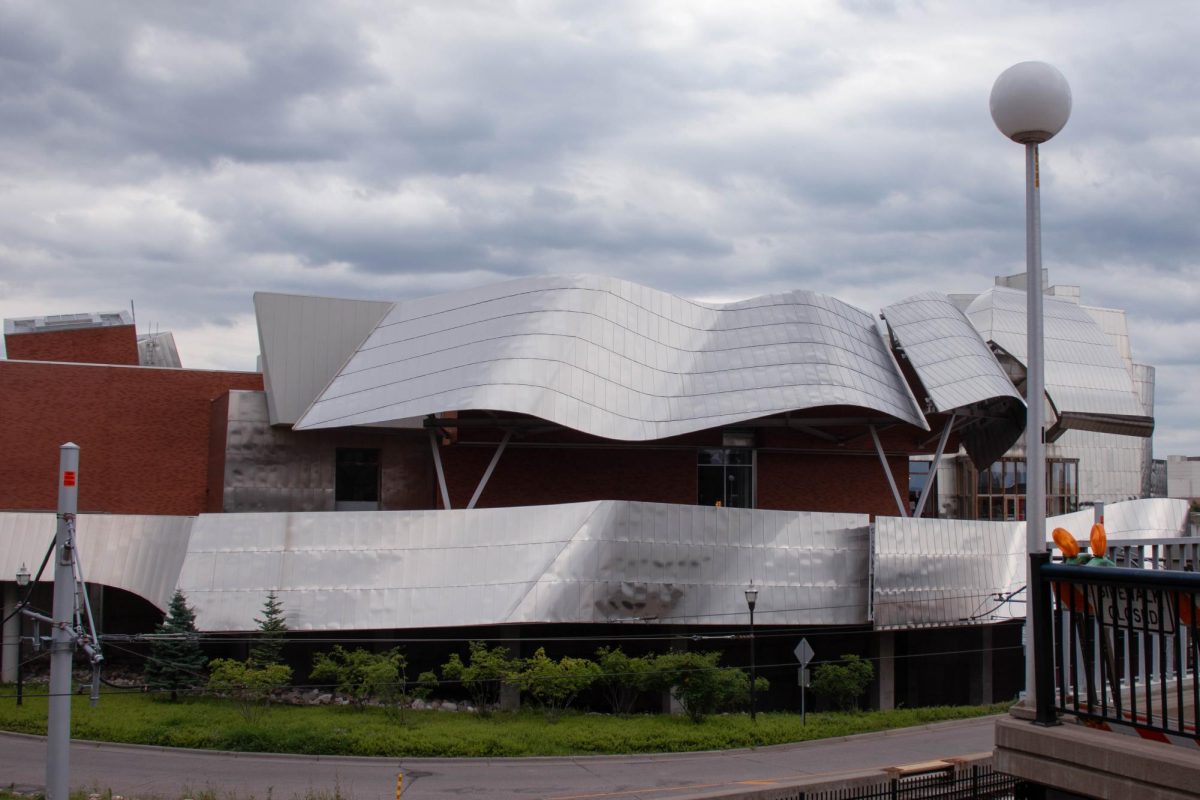


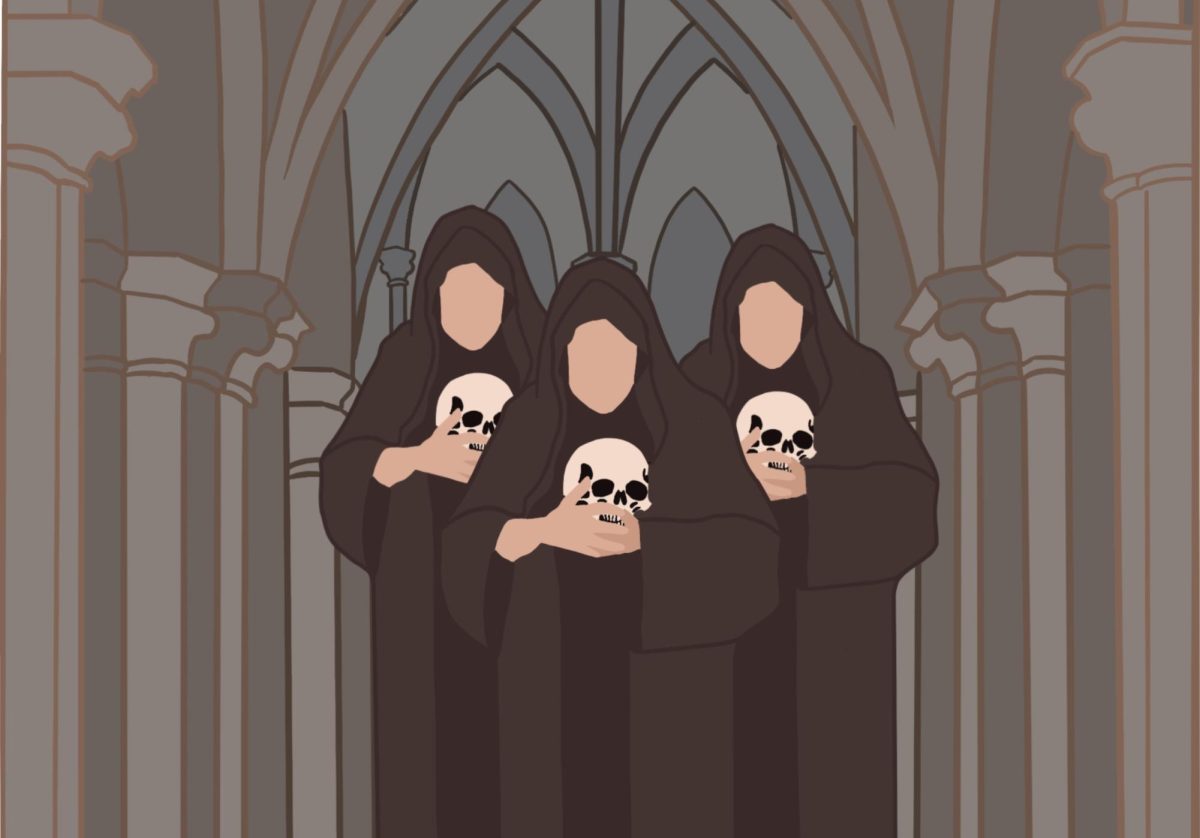
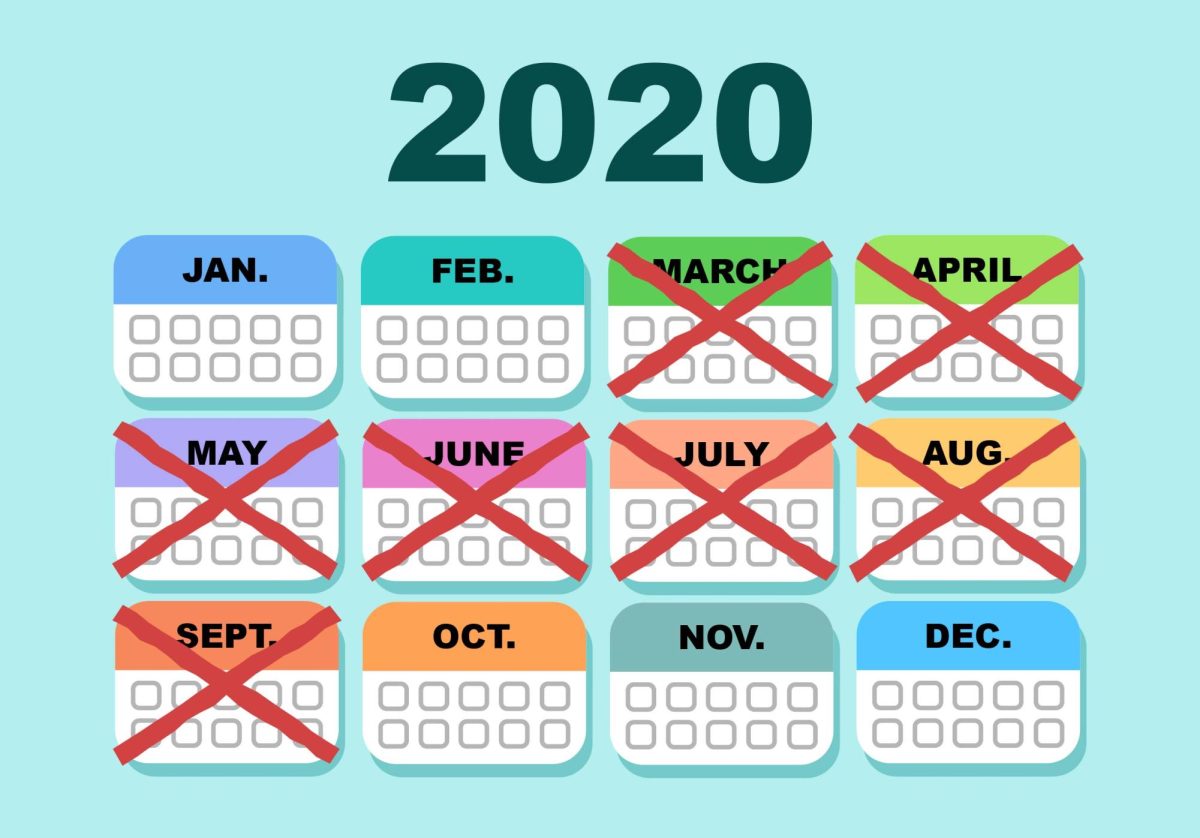
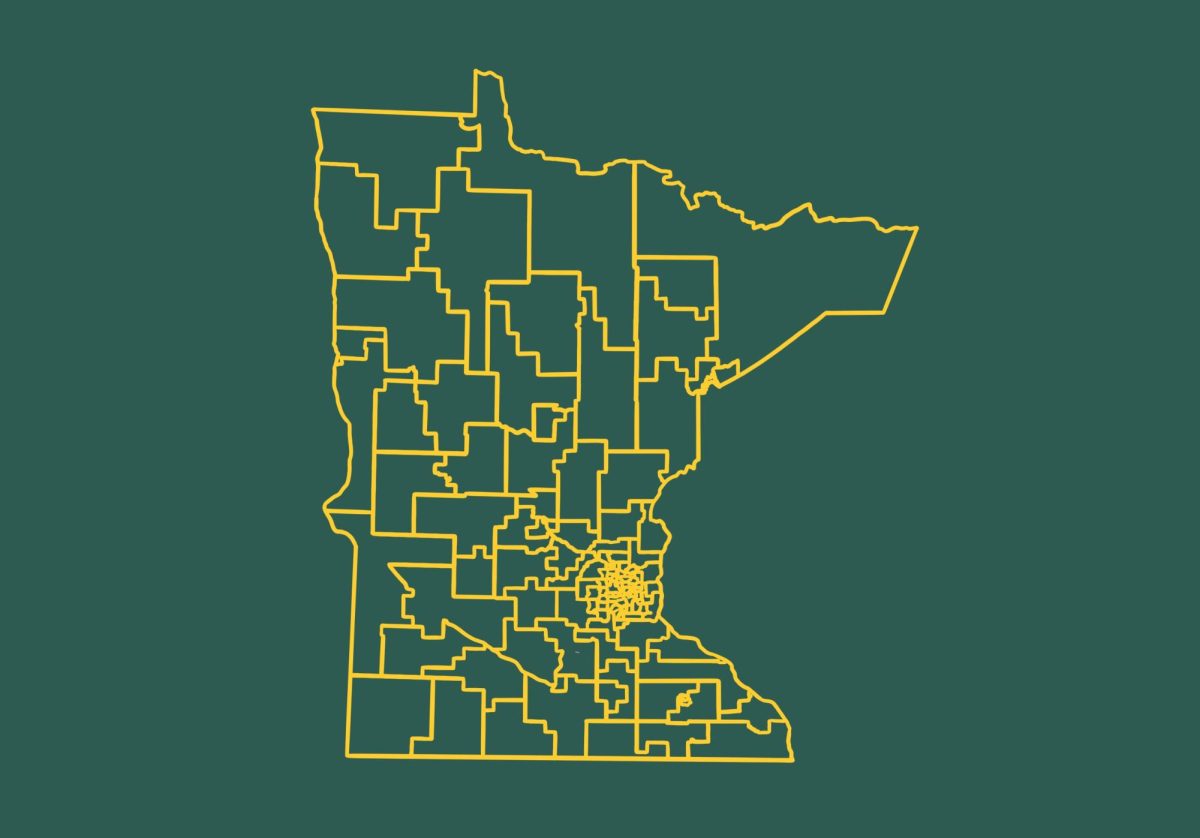
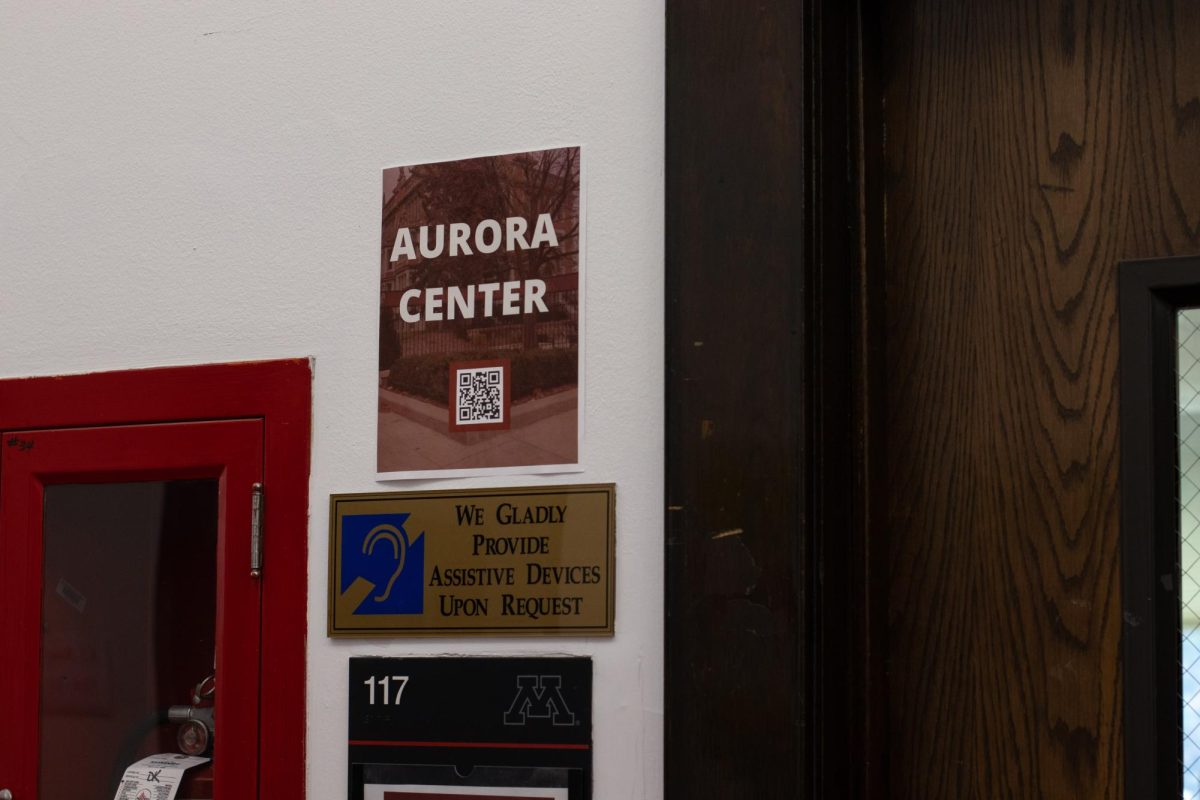


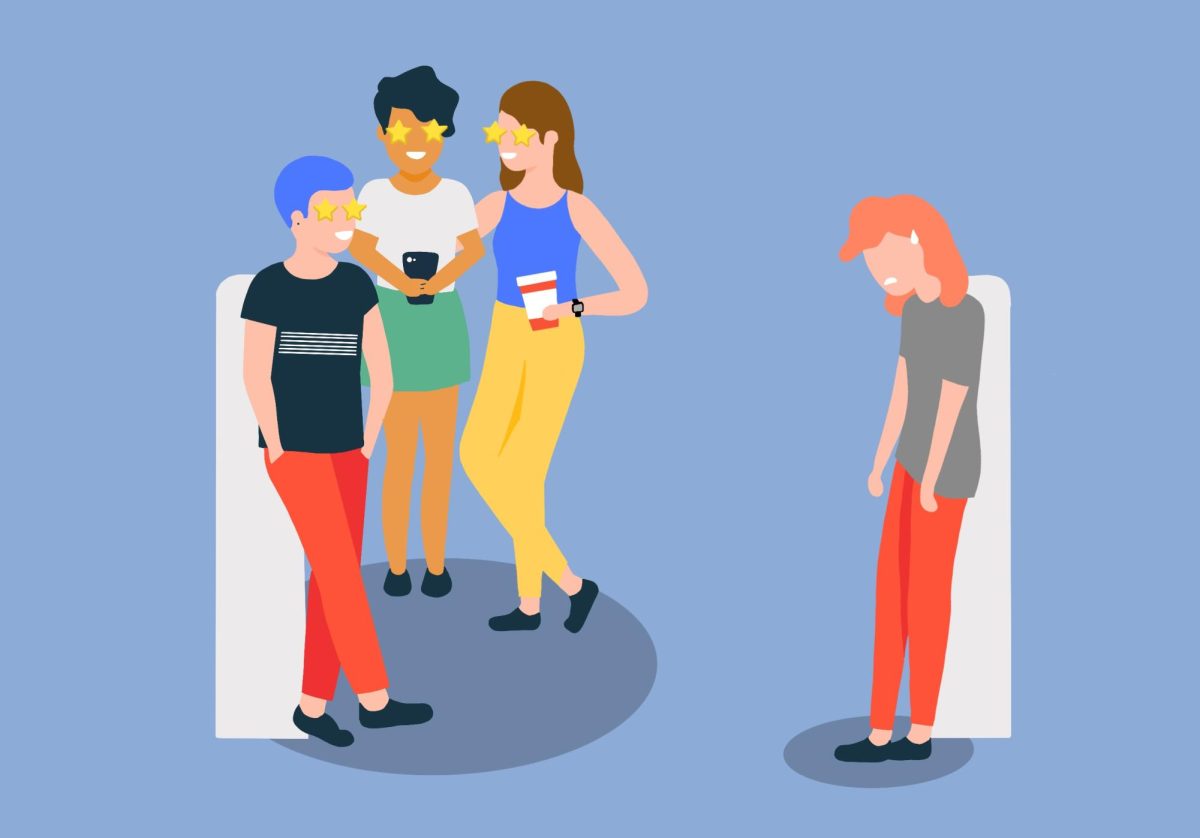
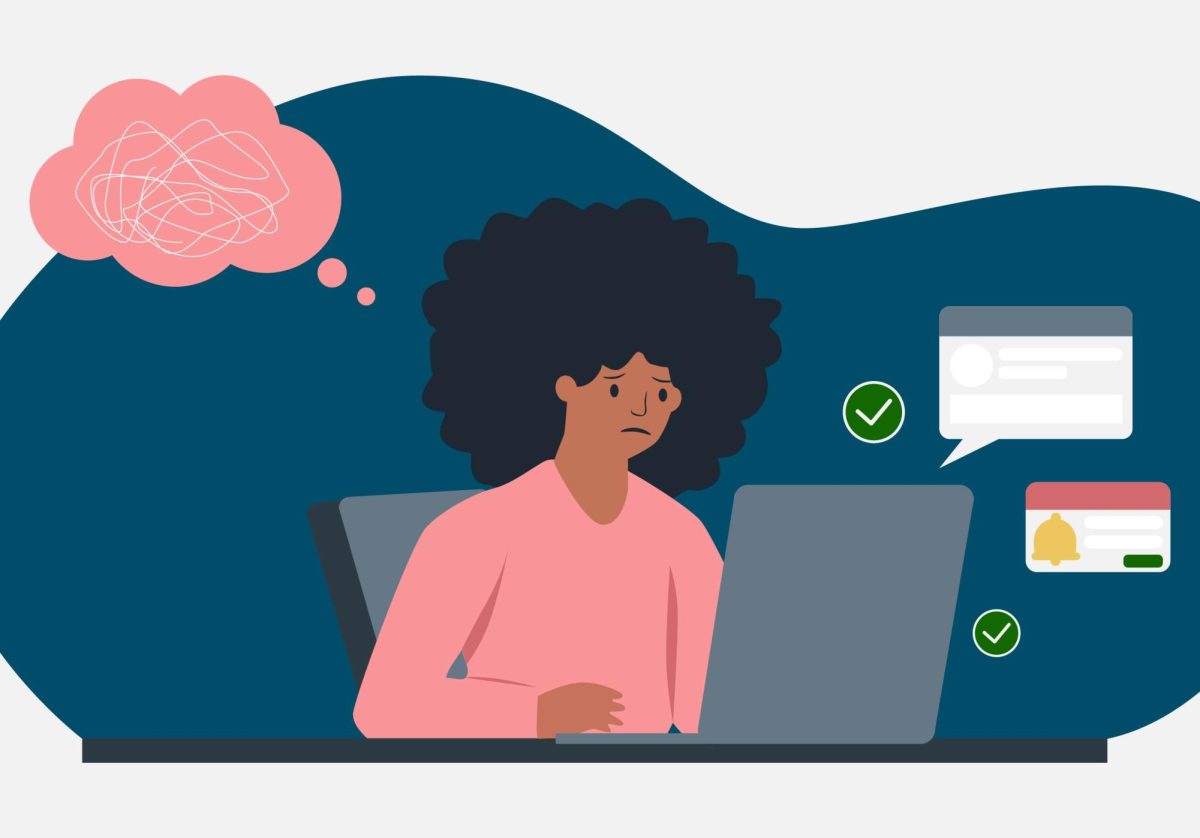

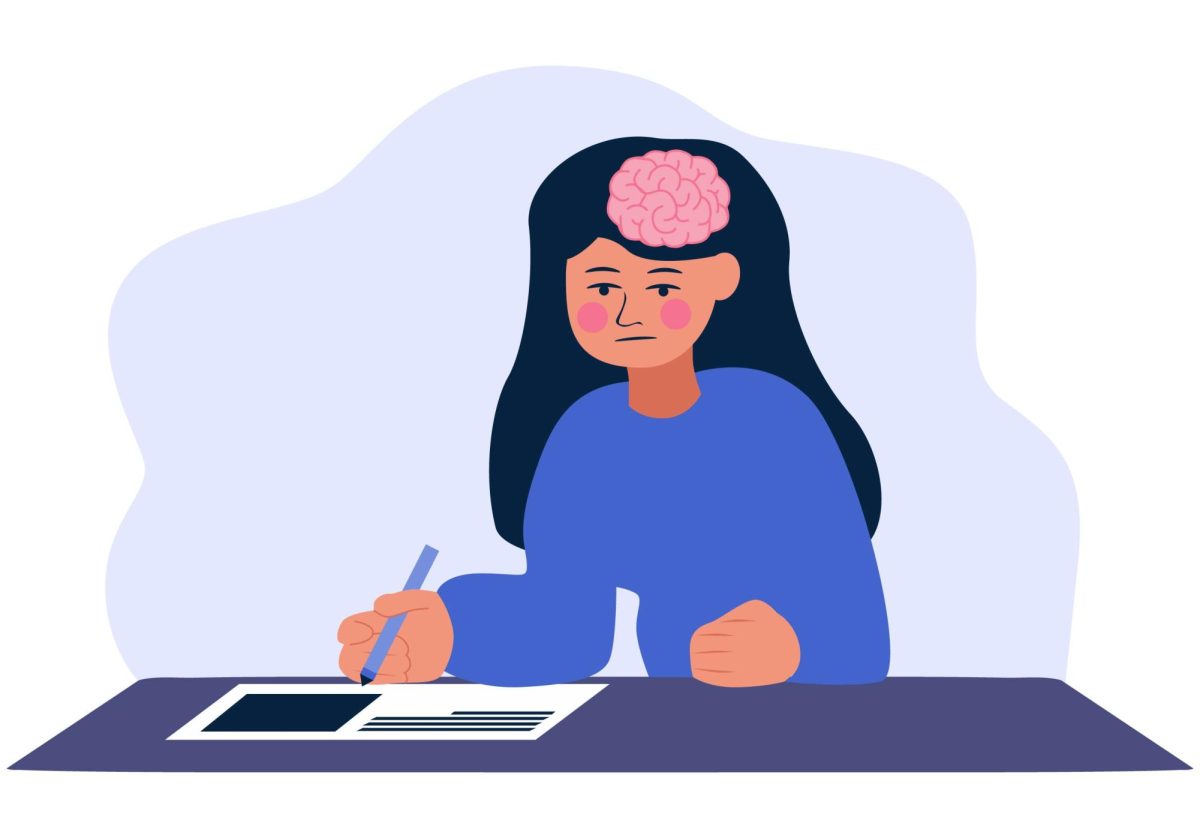
Museum lover
Jul 24, 2024 at 10:57 am
Thanks for this important point! One other element of accessibility that doesn’t get discussed enough is the hours that museums are open. MIA is free, is open only 10 AM – 5 PM on everyday except Thursday – this makes it hard for working people to attend.